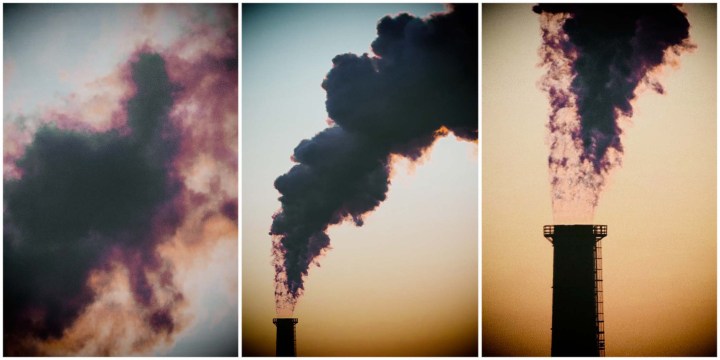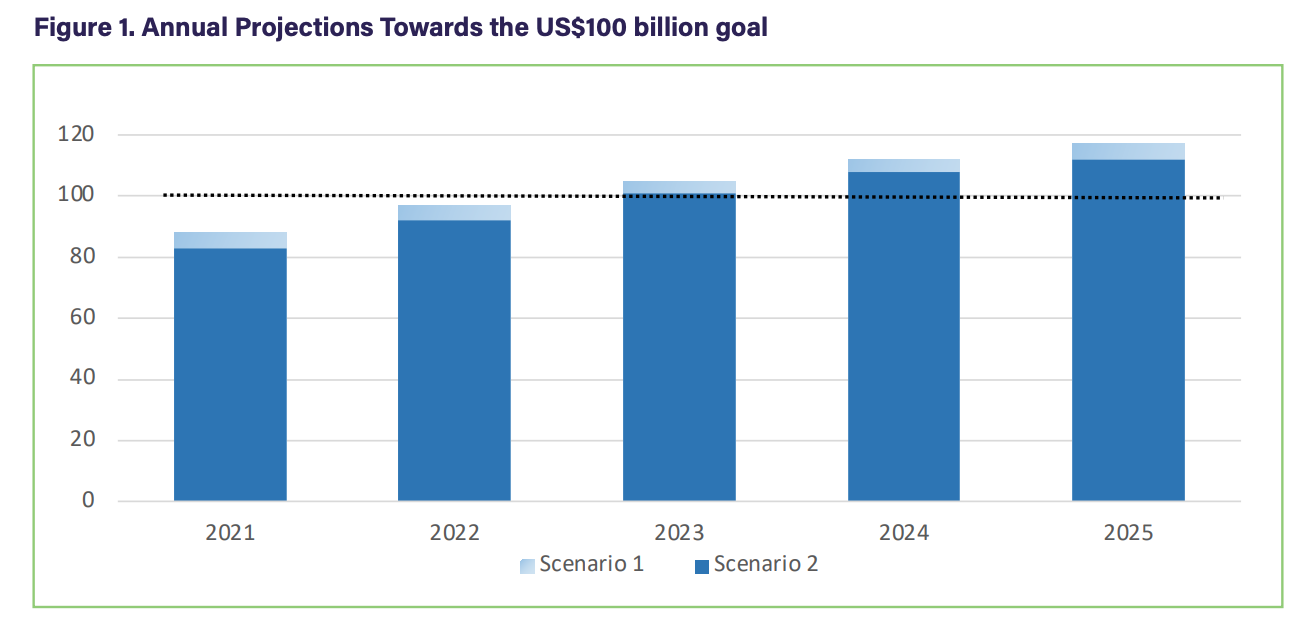THE HEAT IS ON
UN report shows planet heading for a 2.7°C global temperature increase by end of century

Countries’ combined updated Nationally Determined Contributions are leading global average temperatures towards a 2.7°C increase by the end of the century, according to a new report.
A report, The Heat is On, released on Tuesday by the United Nations’ Environmental Programme (Unep), showed that updated Nationally Determined Contributions (NDCs) reduced projected emissions by a mere 7.5% as compared with previous NDC goals. The globe needs a 30% decrease to limit global warming to 2°C and a 55% decrease to limit it to 1.5°C, the report stated.
Additional net-zero targets which are set for mid-century could help reduce global average temperatures by 0.5°C, the report said. It added that net-zero plans were ambiguous and not fully reflected in NDCs; a point that needed to be corrected during the upcoming COP26 negotiations in Glasgow, Scotland.
With COP26 having to deal with what the Intergovernmental Panel on Climate Change (IPCC) termed “Code red for humanity”, many countries are dependent on negotiations confirming the carbon market mechanisms to turn a dire situation around.
The Unep report suggests that to meet the 1.5°C global warming target, global greenhouse gas emissions would need to be halved in the next eight years by removing an additional 28 gigatonnes of CO2 equivalent (GtCO2e) from annual emissions.
“To stand a chance of limiting global warming to 1.5°C, we have eight years to almost halve greenhouse gas emissions: eight years to make the plans, put in place the policies, implement them and ultimately deliver the cuts. The clock is ticking loudly,” said Inger Andersen, executive director of Unep.
Climate financing and the pandemic
According to the report, some chances to achieve the 1.5°C target have already been missed through a greener Covid-19 recovery plan. Developed nations whose economies were struggling prior to the pandemic have battled to adapt to the changing climate.
A global lockdown led to a decrease in CO2 emissions of 5.4% in 2020. However, with things moving towards normal as countries get their vaccine programmes rolling, CO2 emissions are expected to return to levels just below the record-breaking ones of 2019.
The report also showed that only 17-19% of total Covid-19 recovery investments by May 2021 are expected to reduce emissions. Currently, that stands at $438-billion out of a total $2.28-trillion in recovery spending, according to the Global Recovery Observatory.
Developing nations have been found to spend $60 per person on recovery investments compared with developed nations that have spent $11,800 per person. This has left developing countries with little to no room to integrate a green economic recovery plan in line with reducing global emissions, leaving them reliant on the developed countries to meet their climate financing pledges.
According to the Organisation for Economic Co-operation and Development, developed nations pledged about $80-billion in 2019 to help developing countries adjust to climate crisis consequences — leaving them short of meeting their pledge of $100-billion per year by 2020.
A new report detailing a climate finance plan released on Monday by the UK in partnership with Canadian Environmental Minister Jonathan Wilkinson saw developed countries acknowledge their shortfall. The countries have now pledged to meet their commitments by 2023, with financing expected to increase by 2025.

Carbon markets
Carbon markets are, according to the Unep report, one of the most effective methods to deliver emission reductions. However, carbon markets can only be effective if there are rules and regulations clearly defined and designed to ensure transitions reflect emission reductions, with a transparent process to track progress.
Put simply, carbon markets refer to placing a price tag on carbon polluters in an effort to incentivise companies and/or nations to reduce emissions. South Africa’s carbon tax is an example of a carbon market, with companies charged R134 per CO² equivalent emitted, rising and escalating at 10% per annum over the next five years. The carbon tax raised an estimated R2.5-billion in the 2020/21 tax year, according to research from Cova Advisory.
According to the Unep report, revenue from carbon markets could provide funding for domestic mitigation and adaptation solutions, especially in vulnerable nations.
“A large number of countries have included the use of market mechanisms in their NDC implementation plans and are waiting for the modalities to be agreed. At the same time, the use of markets and offsets in meeting net-zero emission goals is often unclear,” the report said.
“Nations need to put in place the policies to meet their new commitments and start implementing them within months,” Andersen said.
“They need to make their net-zero pledges more concrete, ensuring these commitments are included in NDCs, and action brought forward.”
Methane emissions
Methane emissions are the second-largest contributor to the climate crisis after carbon dioxide. The gas, which often comes from livestock production and paddy rice cultivation, has a global warming potential more than 80 times that of carbon dioxide over 20 years. However, methane has a shorter lifespan in the atmosphere than carbon dioxide, lasting only 12 years as compared with hundreds of years for carbon dioxide emissions.
“Implementation of all available measures, along with broader structural and behavioural measures, could reduce anthropogenic methane emissions by approximately 45%,” the report said.
As COP26 draws closer, world leaders, major companies and experts need to ensure the success of what is deemed the most ambitious COP meeting yet, because the planet is already burning.
“Climate change is no longer a future problem. It is a now problem,” said Andersen. DM/OBP





















 Become an Insider
Become an Insider
No politician in any government cares about 2099.